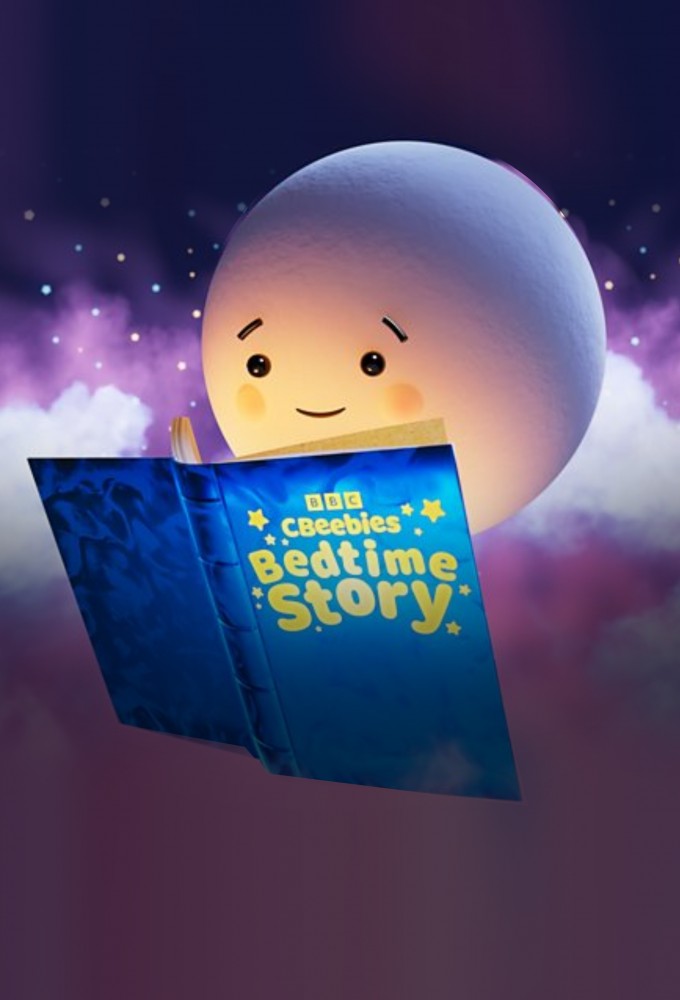Reduced Budgets, Reduced Accessibility In Video Games

Table of Contents
The Rising Costs of Game Development and Accessibility Features
Creating AAA video games is an incredibly expensive undertaking. The costs associated with high-fidelity graphics, complex gameplay mechanics, extensive voice acting, and expansive marketing campaigns are astronomical. This already substantial investment is further strained by the inclusion of accessibility features, which, while crucial for inclusivity, often demand additional development time and resources.
- Game development costs: AAA titles can easily cost tens of millions of dollars to develop, a figure that consistently climbs with technological advancements.
- Accessibility feature costs: Implementing robust accessibility requires specialized skills and tools. For instance, professional voice-over for subtitles is expensive, and designing intuitive, customizable user interfaces (UI) for players with motor impairments demands significant design and testing efforts. Colorblind modes require careful color palette selection and testing across different types of colorblindness.
- Development time constraints: The pressure to meet release deadlines and stay within strict budget limitations often forces developers to prioritize core gameplay features over accessibility enhancements, leading to compromises.
Accessibility Features Often Cut First During Budget Constraints
Unfortunately, accessibility features are frequently viewed as “non-essential” add-ons during budget cut negotiations. This decision, driven by profit margins, has significant ethical implications. Prioritizing profit over inclusivity directly excludes a large segment of potential players.
- Budget cuts: When faced with budget limitations, game studios often make difficult choices. Accessibility features, despite their vital role in inclusion, are often among the first to be sacrificed.
- Accessibility feature removal: We've seen instances where promised accessibility features are cut entirely or severely downgraded during development, leaving players with disabilities feeling ignored and excluded.
- Game accessibility compromises: The result is a gaming landscape where many titles are inaccessible to players with a wide range of disabilities, limiting their ability to fully enjoy a beloved pastime.
- Disability inclusion: The lack of accessibility in gaming not only restricts individual experiences but also fosters a less inclusive and welcoming gaming community.
The Impact on Indie Developers and Smaller Studios
The challenges posed by limited resources disproportionately affect indie developers and smaller studios. Their already tight budgets make implementing extensive accessibility features nearly impossible.
- Indie game development: Many indie developers are passionate about inclusivity but lack the resources and expertise of larger studios.
- Small studio challenges: Smaller teams often have to wear multiple hats, making dedicated accessibility development a significant hurdle.
- Accessibility in indie games: While many indie developers strive for accessibility, the lack of funding often hinders their efforts.
- Crowdfunding for accessibility: Innovative funding models, such as crowdfunding specifically for accessibility features, could help bridge this gap.
- Accessibility grants: Dedicated grants and funding programs aimed at supporting accessibility in indie game development are crucial.
The Role of Publishers and Industry Standards
Game publishers play a pivotal role in setting budget priorities and influencing development decisions. Their involvement is crucial in fostering a more inclusive gaming industry.
- Game publishers: Publishers hold significant power and should prioritize accessibility from the outset of development.
- Industry standards: Establishing industry-wide accessibility standards and best practices would encourage consistent implementation.
- Accessibility best practices: Shared resources and guidelines can help developers implement accessibility features efficiently and effectively.
- Game accessibility funding: Increased funding dedicated to accessibility research and development would create powerful incentives.
- Tax incentives for accessibility: Government tax incentives for games with strong accessibility features could encourage further investment in this area.
Conclusion: Investing in Accessibility for a More Inclusive Gaming Future
Reduced budgets have a direct and detrimental impact on accessibility features in video games, disproportionately affecting players with disabilities. The ethical implications of prioritizing profit over inclusivity cannot be ignored. We need to advocate for a future where accessibility is not an afterthought but an integral part of game design.
We urge you to support developers who prioritize accessibility, advocate for increased funding for accessibility features in game development, and demand higher standards from game publishers regarding accessibility in all games. Let's work together to end the cycle of Reduced Budgets, Reduced Accessibility in Video Games and create a truly inclusive gaming experience for everyone. Share this article to spread awareness and let's make a difference!

Featured Posts
-
 The Karate Kid Part Ii Locations Fights And Key Lessons
May 23, 2025
The Karate Kid Part Ii Locations Fights And Key Lessons
May 23, 2025 -
 Fast Bowler From Zimbabwe Shoots Up The Rankings
May 23, 2025
Fast Bowler From Zimbabwe Shoots Up The Rankings
May 23, 2025 -
 The Ultimate Guide To C Beebies Bedtime Stories
May 23, 2025
The Ultimate Guide To C Beebies Bedtime Stories
May 23, 2025 -
 This New Netflix Dark Comedy With Kevin Bacon And Julianne Moore Has Us Intrigued
May 23, 2025
This New Netflix Dark Comedy With Kevin Bacon And Julianne Moore Has Us Intrigued
May 23, 2025 -
 Maguire On Being Stripped Of Manchester United Captaincy
May 23, 2025
Maguire On Being Stripped Of Manchester United Captaincy
May 23, 2025
